
Safari in March
March
is an unusual month for safari,
but there are some extremely interesting options

the best value safari in Africa
March is the last month of the green season in Botswana, meaning that the wildlife viewing conditions are improving fast, as the long grass starts to yellow and fall.
The experience is significantly different from the upcoming dry season, but not necessarily weaker. The bush is still more green than yellow and there’s still lots of wildflowers and baby animals around.
The uncomfortably high temperatures of the main green season should have subsided to very comfortable levels, with some chance of showers, but still with plenty of sunshine.
March is also the last month of the spectacular low season discounts in Botswana, which makes this an extremely smart time to be one safari. There’s little doubt that this represents the best value safari in Africa, very popular with savvy safari travellers, so do try to book at least 9-12 months ahead if you can.
The Cape (Cape Town, Whale Coast, Cape Winelands) has a converse seasonality to the rest of sub-Saharan Africa. It is late summer at this time, making it the perfect complement to a Botswana safari.
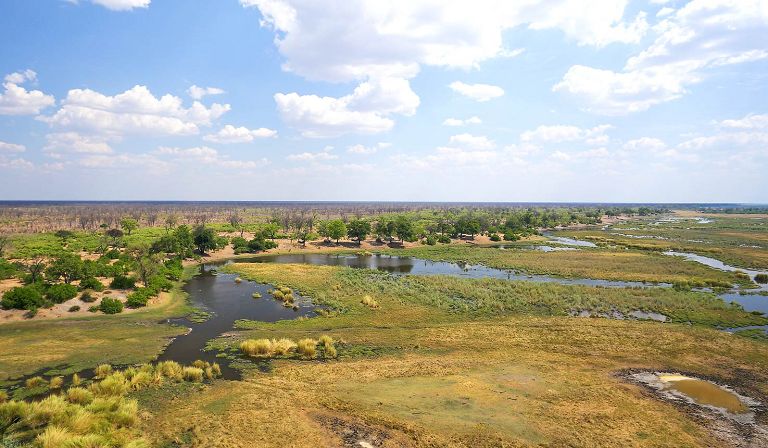
a warmer month, but still appealing
March is the fifth month of the cool dry season and is generally considered to be a very good month to visit most parts of India.
In Delhi (which is representative of Rajasthan, Madhya Pradesh and most inland areas), temperatures have climbed sharply to a slightly warm 30C (86F), with rainfall remaining down at 15mm (0.5”) for the month. This is a good time for general travel and also increasingly good for tiger safari.
In Goa (which is representative of the tropical coastal areas), temperatures remain up at an uncomfortable 32C (90F), but with rainfall down at 5mm (0”) for the month.
In Ladakh (which is representative of areas up in the Himalayas), temperatures climb significantly to 6C (43F) and with rainfall down at 5mm (0”) for the month. These conditions remain a little challenging for general travel, but this is the tail end of the season for snow leopards.
Visitor numbers are relatively high, necessitating early booking and traffic avoidance measures.
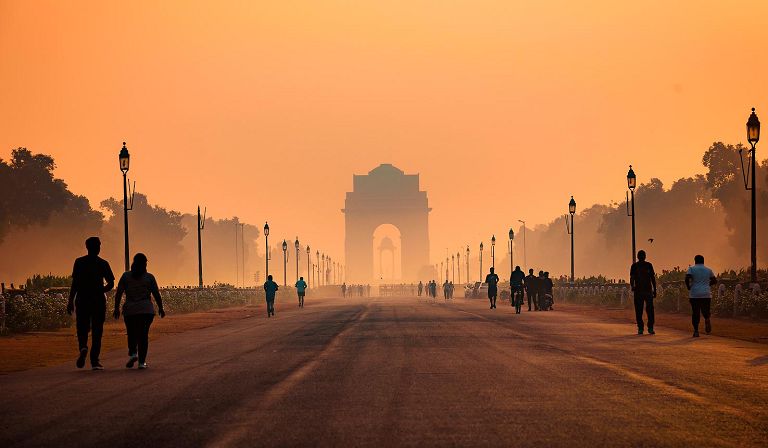
warm and calm conditions
March is generally considered to be a very good month to visit Galapagos.
Temperatures are up at 30C (86F). Rainfall is also up at 75mm (3”) over the month, but occurs almost exclusively at higher altitudes.
Ocean temperatures should be very pleasant for swimming and snorkelling.
Wildlife events include marine iguanas nesting on Isla Fernandina and Isla Seymour Norte and endemic waved albatrosses starting to arrive on Isla Española.
Visitor traffic is heavily controlled in Galapagos, so we only need to take care to avoid any traffic in the main port areas.
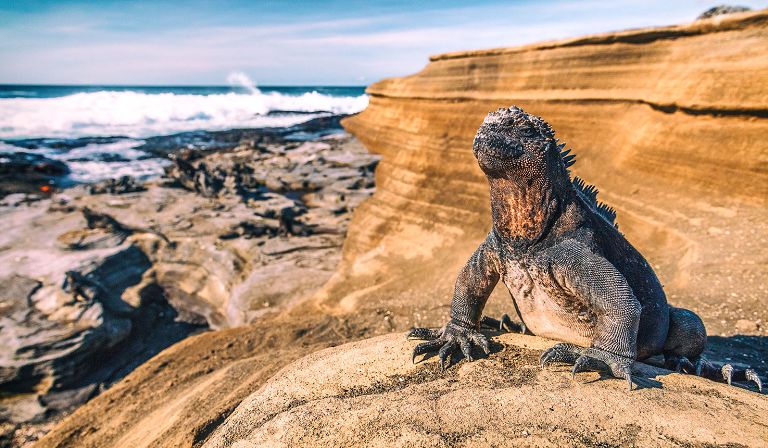
early fall in Patagonia
March is the early fall and is generally considered to be a good month for visiting Argentina, especially in areas further south.
Down in the south, the conditions in Patagonia are just starting to turn. Although the weather here is always unpredictable, conditions remain relatively mild and are reasonable for outdoor activities like touring, motorboating, kayaking, hiking, horse-riding and puma tracking. Temperatures are dropping to around 17C (63F), but rainfall remains down at 10mm (0.5”) for the month.
In central areas such as Bariloche, conditions should remain good for outdoor activities like touring, hiking, kayaking and motorboating.
Temperatures drop to around 21C (70F) and rainfall increases slightly to 40mm (1.5”) for the month.
Out on the coast, Península Valdés is good at this time, with lots of migratory marine animals around. March is the first month of the second orca hunting season, when they target baby sea lions. Temperatures are up around 19C (66F) and rainfall remains down at 25mm (1”) for the month.
In the northwest of the country, private-guided overland expeditions into the high Andes are excellent at this time. Conditions in the dramatic high altitude areas are mild. There can be considerable rain at lower altitudes, but this tends to be less of a concern. Temperatures in Salta are dropping slightly to 26C (78F) and rainfall is still up at 125mm (5”) for the month, but the higher temperatures are a blessing up top, where there is rarely any rain.
Up in the north of the country, the Iguazú Falls area is very hot and rainy. The water volumes on the falls at this time are very high, which can be very impressive in terms of sheer power, but the views can be obstructed by spray and some of the most important trails can be closed for safety reasons.
Temperatures are still up around 31C (89F) and rainfall falls slightly to 175mm (7”) for the month.
Visitor traffic in March is still relatively high in Patagonia, making it necessary to book early and deploy traffic avoidance techniques.
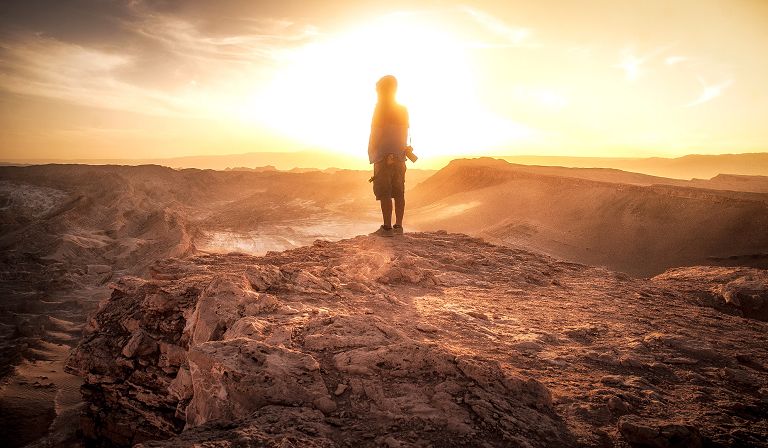
good conditions in most areas, but with early signs of rain
March is generally considered to be a good time of year to visit Ethiopia.
Most areas have a similar climate to the capital, Addis Ababa, with temperatures around 25C (77F) and rainfall climbing gently to 50mm (2”) for the month.
The Tissisat Falls on the Blue Nile at Bahir Dar are at their best during the high water period of Jul-Dec and can be running rather low by March.
The Danakil Depression is the hottest place on earth, so conditions are never easy down there. November is one of the better months, when daytime temperatures usually ceiling around the 40C/104F mark.
The remote Gambela area is accessible at this time, where the kob migration should be arriving from South Sudan.
Perhaps the biggest concern at this time of year is the Omo Valley in the southwest of the country, where the rains can arrive earlier, potentially causing havoc with road conditions, but less significantly impeding river expeditions.
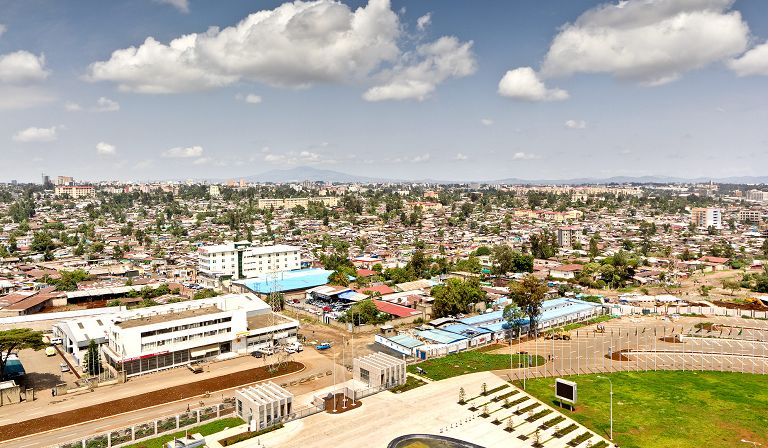
fabulous conditions, but relatively busy
March is generally considered to be a very good time to visit Egypt.
At this time of year, the temperatures are at a comfortable 27C (81F), with rainfall down at 0mm (0”) and sunshine hours up at 10 hours per day, despite the shorter day length.
Temperatures at night can drop as low as 10C (50F).
Visitor numbers are relatively high through the month (especially a week either side of Easter), creating an urgent need for early booking and traffic avoidance measures.
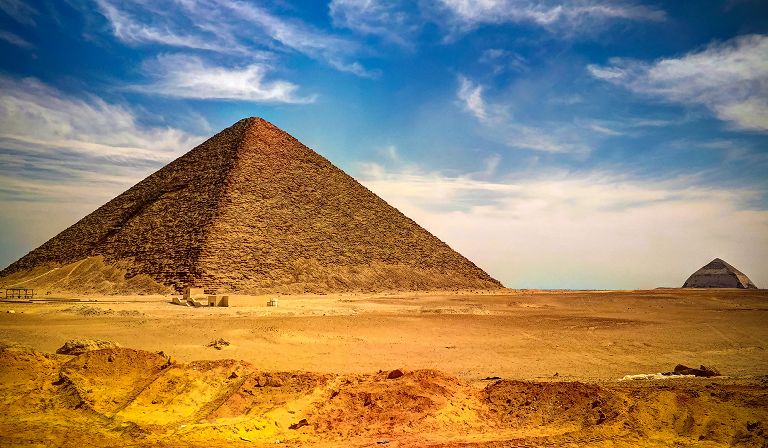
quieter, but with increasing chances of heavy rain
March is generally considered to be a more challenging time to visit Tanzania.
The weather in March is usually mixed and deteriorating. Some time during the month there should be a major change in the prevailing wind conditions, switching from northeast to southeast. With this change comes the onset of the main rains.
Because there’s usually some rain around in the preceding period and the landscape is therefore not so parched, the breaking of these rains is not usually such a dramatic event as the breaking of the short rains in November. But when they do come, the volume can be considerably greater. We are talking about potentially persistent heavy rains for days and even weeks at a time.
The early part of March is generally considered to be a risk worth taking, but the safari season does tail off significantly into the latter two weeks, meaning that the reserves become pleasantly quiet.
Down on the coast the situation is usually more pronounced, with rain tending to arrive slightly earlier and be rather heavier. Nevertheless there should be a good deal of hot sunny weather in between and daytime temperatures should still continue to reach 25-30C/77-86F in most areas.
Safari in Tanzania in March ranges from good to poor. For the early part of the month the conditions described in the previous month should still be prevailing, but, as the long rains start to move in, so the animals become increasingly scattered, the tracks become more slippery and wildlife viewing becomes more difficult.
The Serengeti migration should still be largely out on the southern plains, just starting to move north and coming into rut, but fewer and fewer people are willing to brave the potentially adverse conditions.
Conditions on Kilimanjaro are variable. With the weather starting to threaten. We tend to wind down our trekking operations, only really outfitting expeditions for hardcore mountaineers and military personnel.
Visitor traffic in March is low and traffic avoidance is not a major issue in trip planning. The one major exception is Southwest Serengeti during the early part of the month, where room availability can continue to be an issue.
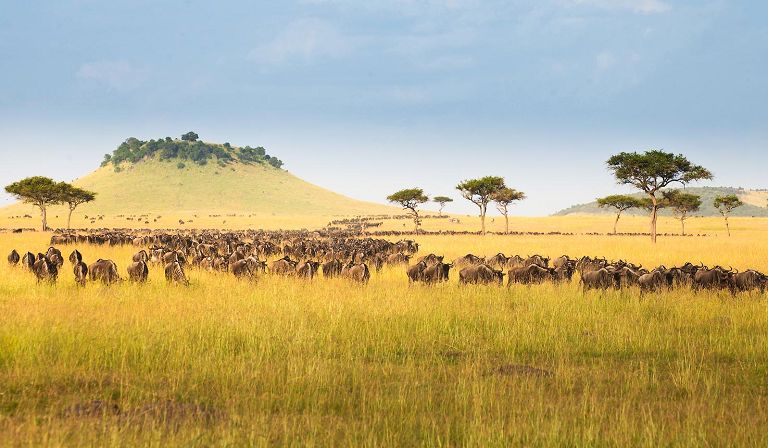
early spring, crisp and clear
March is the first month of spring and is generally considered to be a good time to visit Bhutan.
Mar-May is spring in Bhutan, transitioning from the cool dry winter to the warm wet summer, with temperatures rising and rainfall increasing through the period, in advance of the main monsoon.
During this period the typical daytime temperatures rise through 16-22C (61-72F), whilst nighttime low temperatures rise through 4-13C (39-55F). Rainfall increases through 25-125mm (1-5”) per month. Sunshine is up at 8 hours per day, which is around 65% of daylight hours, making for lots of pleasant sunny weather and often clear skies for mountain views.
Although the weather should be generally good, there can occasionally be serious showers and periods of persistent drizzle. The surrounding mountain peaks remain resplendent in their full covering of winter snow.
This period experiences a blooming of flowers across the hillsides and hedgerows, as well as some wonderful colour amongst the rhododendron forests. However, with dust rising from the plains of India, the visibility can reduce slightly and mountain panoramas can become less crisp for photography.
Spring is generally considered to be one of the best times to be in Bhutan, especially if you are planning to undertake trekking, mountain-biking and camping trips up into the mountains.
March is a good month for religious and cultural festivals. We often plan trips to coincide with a particular event.
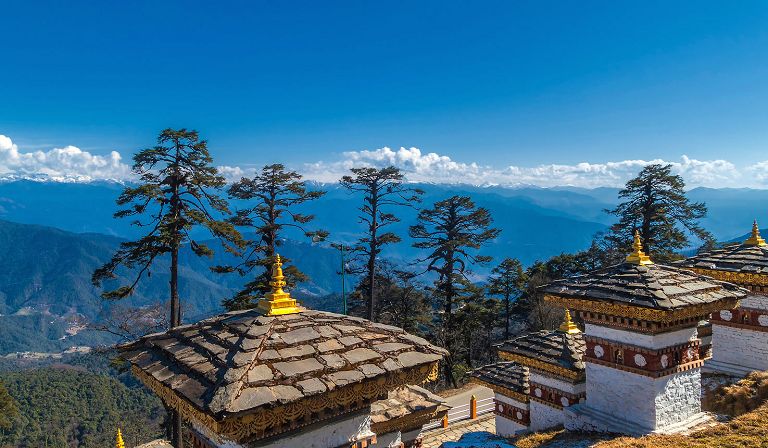
a mild sandwich, with a warm filling
March is a transition month from summer to winter and is generally considered to be a very good month to visit Chile.
In the capital, Santiago, and the nearby winelands, temperatures are up at a balmy 29C (84F), whilst rainfall is down at 5mm (0”) over the month.
In the Atacama area to the far north, temperatures remain at a respectable 17C (62F), whilst rainfall is down to 10mm (0.5”) over the month.
In the Torres del Paine area to the far south, temperatures have dropped slightly to 14C (56F), with rainfall steady year-round at 25mm (1”) over the month. The high altitude hiking trails should still be mostly open.
Visitor traffic will still be high, necessitating the need for early booking and traffic avoidance measures.
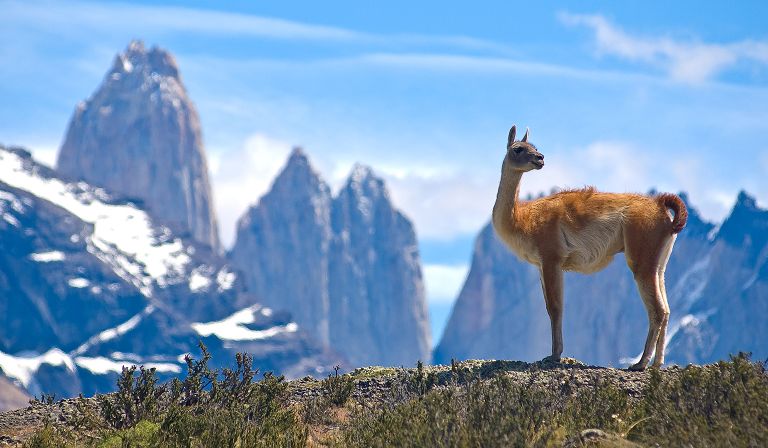
conditions starting to turn, prices reducing
The month of March represents autumn on the Antarctic Peninsula, when relatively balmy days of summer start to turn and long polar winter starts to show signs of a return. The conditions tend to deteriorate quite significantly through the month.
The large areas of rocky foreshore that had been exposed by the snowmelt, now starts to experience their first major flurries and, towards the end of the month, the region can start to return to a pristine whiteness.
Skies are less often clear, with an increasing amount of cloud formations, which can make for wonderful photography morning and evening.
Average temperatures in this part of the world tend not to vary enormously throughout the year, with February being around 0C (32F). Precipitation rises to over twice the January low, at around 88 mm (3.5”) per month. Perhaps most importantly, the day length is continuing to shorten fast, at around 13 hours.
The slightly less reliable weather means that landing sites may become less accessible and itineraries may have to shift around to accommodate the conditions. A ship with a higher ice-class rating tends to remain less important as the sea ice takes time to rebuild.
In terms of wildlife, the penguin chicks should now be fledged and swimming freely. On land, the penguin chicks can become very interested in approaching humans, particularly those wearing yellow. Out at sea around the colonies, leopard seals can often be seen hunting. By the end of March, many birds start to leave for the open ocean, where they will live throughout the winter.
Some bird species, including Antarctic terns, may start to leave the continent to fly north.
Humpback whale and minke whale sightings should remain at their best along the western flank of the peninsula, with all the migrating pods having now in residence and making the most of the late-season plankton blooms. The whales tend to become more relaxed and inquisitive as they satiate their enormous appetites, particularly the youngsters. There are also chances of watching pods of killer whales as they hunt for seals and penguins.
When it comes to activities, this time of year remains good for kayaking amongst the breaking ice sheets. However, camping, walking on sea ice, snow-shoeing and skiing all tend to be less of an option.
For booking trips, March marks the end of the season. There are far fewer ships around, which is great, but availability can be very difficult and, as always, booking 1-2 years ahead is recommended. Prices are typically around 25% below high season.
Air-cruises are not possible in March, as the airstrip on King George Island in South Shetland typically closes towards the end of February.
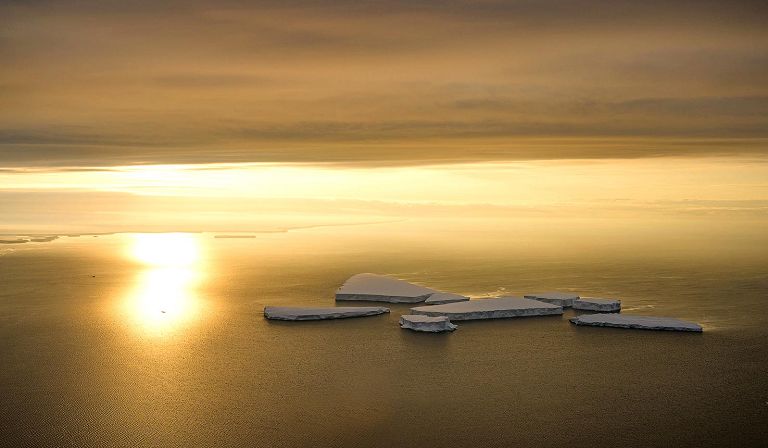
Extraordinary tailor-made adventures,
from earthy and edgy to easy and extravagant
From around USD 2500 per person, you set the ceiling

Get started on your trip
It’s never too soon to get in touch, we are here to help with every stage of your planning.

January
is strongest in north and central Africa, Asia,
the south of South America and Antarctica

February
is strongest in north and central Africa, Asia,
the south of South America and Antarctica

March
is strongest in north and central Africa, Asia,
the south of South America and Antarctica

April
is strongest in north and central Africa, Asia,
the south of South America and Antarctica

May
is strongest in north and central Africa, Asia,
the south of South America and Antarctica

June
is strongest in north and central Africa, Asia,
the south of South America and Antarctica

July
is strongest in north and central Africa, Asia,
the south of South America and Antarctica

August
is strongest in north and central Africa, Asia,
the south of South America and Antarctica

September
is strongest in north and central Africa, Asia,
the south of South America and Antarctica

October
is strongest in north and central Africa, Asia,
the south of South America and Antarctica

November
is strongest in north and central Africa, Asia,
the south of South America and Antarctica

December
is strongest in north and central Africa, Asia,
the south of South America and Antarctica
